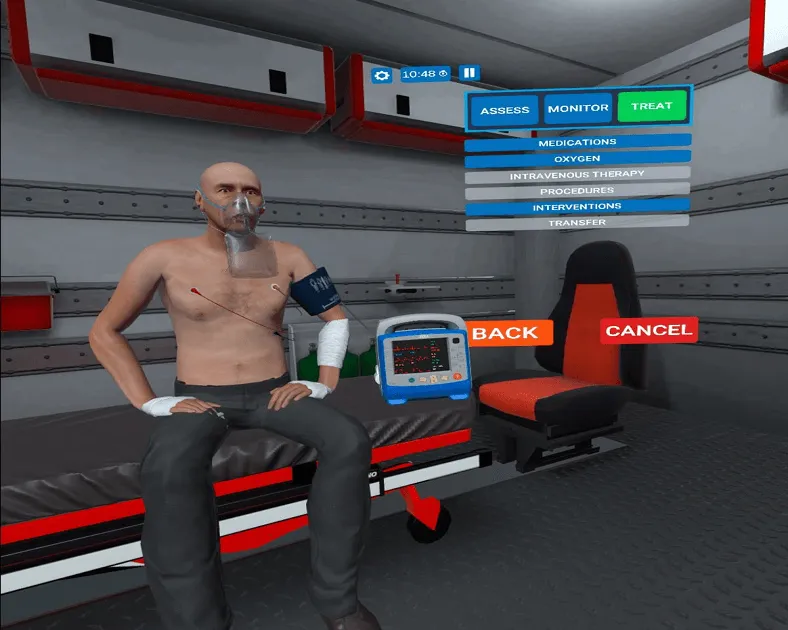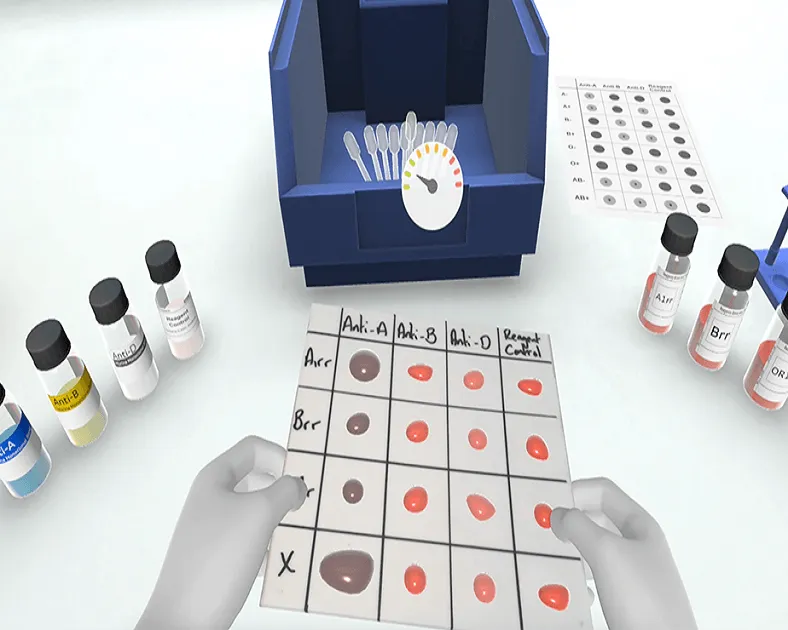Medical Training VR
Virtual Reality (VR) is transforming the way medical training is conducted. From anatomy classes to surgery simulations, VR is being used to enhance the educational experience and improve the skills of medical professionals. In this blog post, we will explore some of the ways in which VR technology is being used in medical training
Anatomy and Physiology
One of the key applications of VR in medical training is in the field of anatomy and physiology. VR technology allows medical students to interact with 3D models of the human body, allowing them to explore the intricacies of anatomy in a way that was not possible before. This can help to improve understanding and retention of information, as well as prepare students for future clinical practice
Surgery Simulation
VR technology can also be used to simulate surgical procedures, allowing medical students to practice surgical skills in a safe and controlled environment. These simulations can be used to train surgeons, nurses, and other medical professionals, helping them to develop the skills and confidence necessary to perform complex surgerie
Medical Diagnosis and Treatment
VR technology can also be used to simulate patient scenarios, allowing medical students to practice diagnosing and treating various medical conditions. These simulations can help to improve critical thinking skills and decision-making, as well as prepare students for real-world medical situations
Psychological and Behavioral Health
VR technology can also be used to simulate psychological and behavioral health scenarios, allowing medical students to develop an understanding of the complexities of mental health disorders. These simulations can help students to practice empathy and develop communication skills necessary for treating patients with mental health disorders
Remote Training
Finally, VR technology can also be
used to facilitate remote medical training. With VR,
medical students can participate in training programs from anywhere in the world, eliminating the need for
travel and reducing costs associated with in-person training
In conclusion, VR technology has numerous
applications in the field of medical training, from anatomy
and physiology to surgery simulation and remote training. The use of VR technology can help to improve the
skills and knowledge of medical professionals, as well as prepare them for real-world clinical practice. As
VR technology continues to evolve, we can expect to see
even more innovative applications in medical
training and other healthcare fields
Explore More Projects
We welcome your questions, do not hesitate to contact us
- Create virtual reality and augmented reality experiences at the best prices
- Equipping engineering laboratories with the best equipment
- Virtual tours with 360° technology and also feature that you can see them through just one link
- Create virtual reality and augmented reality experiences at the best prices
- Equipping engineering laboratories with the best equipment
-
Virtual tours with 360° technology and also feature that you can see
them through just one link



